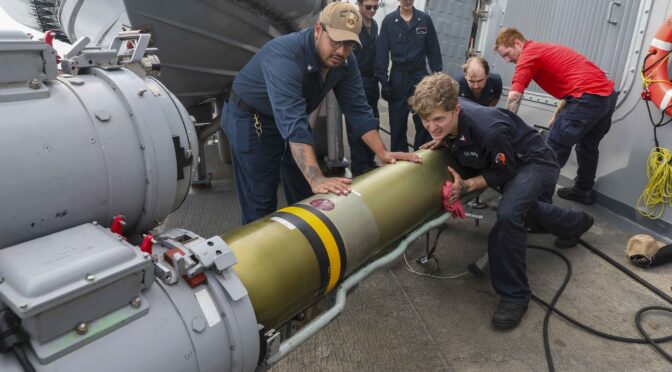By Michael D. Purzycki
The civilian-military divide is often framed as a problem of cultural misunderstanding. And certainly, in an era where most Americans have not served in the military, it is natural that those who have served would feel misunderstood by those whose safety and freedom they defend. However, there is another aspect of the divide, one that if addressed forthrightly by military leadership, can narrow the gap in a more tangible way.
Given that the military is one of the most highly regarded public institutions in American society, its members are well-positioned to ask for material sacrifice from the general public. This would give civilians a chance to go beyond saying, “Thank you for your service,” and contribute in a financially meaningful way to the nation’s defenses. In an era of frequent budgetary uncertainty, any step that could help ensure a reliably funded military is worth considering.
For example, the Navy could point to the amount of petroleum it would need at its disposal to fight and win a conflict with the People’s Liberation Army over the fate of Taiwan. It could then ask Congress for a specific number of barrels of petroleum to be taken out of the civilian economy and added to Navy reserves, to ensure there is no gap between the fuel needed and the fuel available for contingencies. In the process of this request, it could quantify the increase in gasoline prices American drivers could expect to experience. Similar initiatives could be applied to other militarily significant resources and assets.
Even the people of a famously tax-averse country like the United States might accept financial sacrifice to help the troops. While today’s Americans do not have to sacrifice to nearly the extent the World War II generation did, direct requests for contribution to the armed services could help revive some of the spirit of America’s greatest military triumph. Evoking past Americans’ experience of rationing, Victory Gardens, war bonds, and the introduction of income tax withholding, while asking today’s Americans to endure a little pain at the pump, could narrow the civ-mil divide as well as help prepare the nation for future major conflict. As politically difficult as requests for sacrifice from ordinary Americans will be, scrambling to adequately resource America’s defenses in the midst of a war would likely be even more difficult.
Michael D. Purzycki is an analyst, writer, and editor based in Arlington, Virginia. He has worked for the United States Navy, Marine Corps, and Army. In addition to CIMSEC, he has been published in Divergent Options, Merion West, the Washington Monthly, Wisdom of Crowds, Charged Affairs, Braver Angels, and more. He can be found on Twitter at @MDPurzycki. The views expressed here are his own.
Featured Image: SEA OF JAPAN (Oct. 3, 2023) Sailors load a MK-46 torpedo into a surface vessel torpedo tube on the boat deck aboard the Arleigh Burke-class guided-missile destroyer USS Shoup (DDG 86) while conducting routine operations in the Sea of Japan, October 3. (U.S. Navy photo by Mass Communication Specialist 1st Class Donavan K. Patubo)


The US Navy Surface fleet spends approximately $1B per year on fuel. The majority of this fuel (~85%) goes up the stack of our ships at ~1,000F.
It would more more impactful to increase the efficiency of the main engines and generators for Navy ships.
Excellent point. The structural debt we keep building by building new ships with a 50 year old propulsion set up is astounding. Constellation will start to improve things in that regard.
What you are proposing is exactly how the system works today! The Navy sends a budget request to Congress which authorizes funds to be drawn from the Treasury. Where did those funds come from? Taxes and borrowing from the American public.